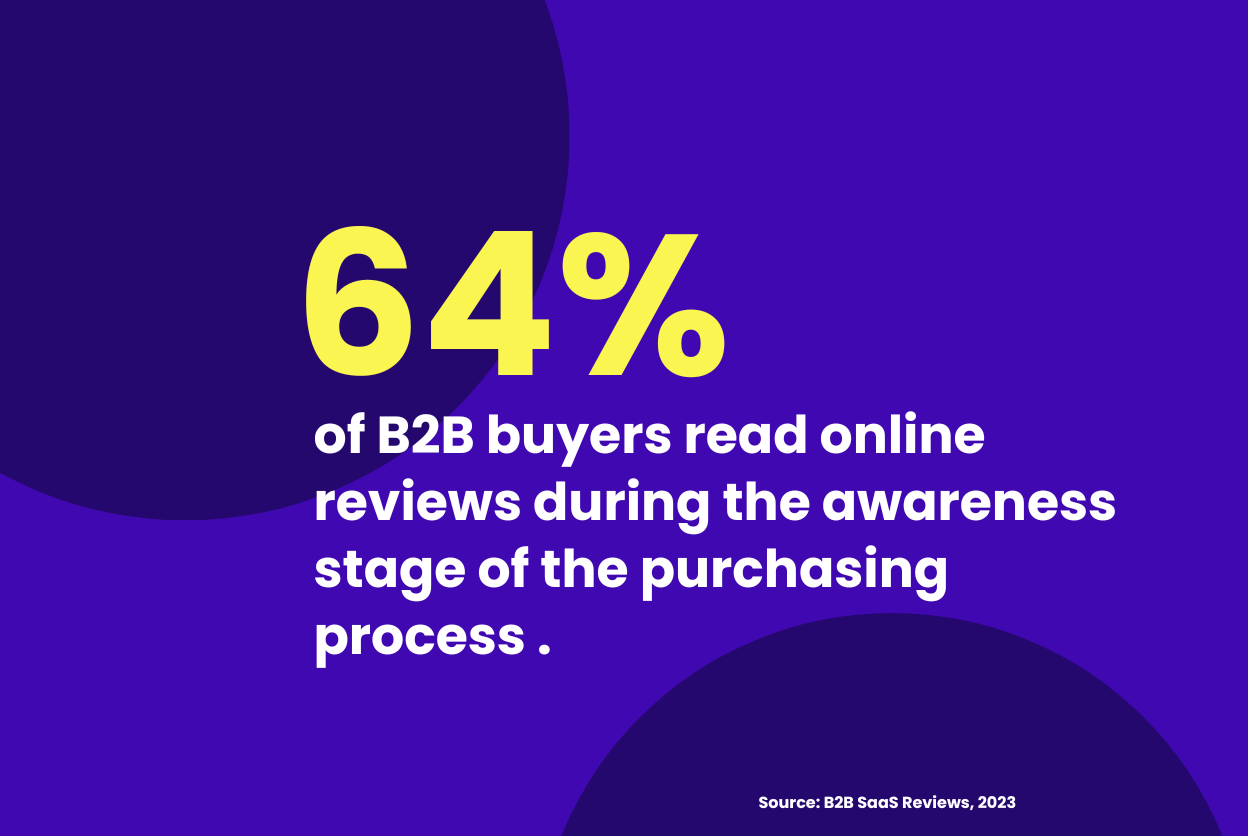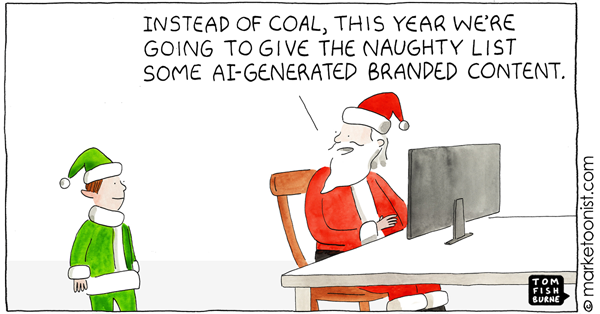When developing content optimized for search, the basic advice to write helpful content is a good place to start. But holistic SEO involves much more than simply writing. Any B2B marketer looking to rank for competitive keywords should invest the necessary time in developing an SEO process that starts well before any words are written and extends far beyond the moment of publication.
In fact, there are seven steps involved in developing an SEO process that will help your content rank consistently. Let’s explore each of those steps and how they each contribute to effective search optimization.
7 Steps of the B2B SEO Process
#1: SEO research
Developing your SEO process starts with research. But it doesn’t start with keyword research — it starts by looking inward, with an SEO audit. After all, before you can plot a course of action for your SEO process, you have to understand the current state of affairs.
Once the SEO audit is complete, it’s time to assess the overall competitive landscape. You can do this with a search engine results page (SERP) analysis, a competitive analysis, and a gap analysis — looking at the best ranking content, what your competitors are up to, where your own website stands and what needs to be improved.
The findings from these research initiatives can then be used to inform your keyword research. Tools like SEMRush, Answer The Public, or Google’s Keyword Planner will help you understand the best keywords to target. To get the most value from your target keywords, you should also perform a search intent analysis to ensure you are providing content that is relevant to users searching those terms.
“To get the most value from your target keywords, you should also perform a search intent analysis to ensure you are providing content that is relevant to users searching those terms.” — Art Allen @punsultant
Click To Tweet
#2: Create an SEO strategy
Your SEO strategy plan should be detailed, action-oriented, and made up of every element that impacts how your website ranks: content creation, technical optimization, and link-building. This document will clearly outline your SEO objectives, whether it’s improving organic traffic, increasing lead generation, or boosting online visibility. These goals should be measurable and aligned with your business objectives.
With your goals set and your keyword research and search intent analysis in hand, you can start to document your SEO plan. This document will serve as a roadmap, guiding you and your team through each step of your SEO strategy. To ensure you can achieve your goals, create clear priorities for each task and set realistic timelines for implementation.
#3: Address technical SEO
Getting the technical aspects of your website in good working order will be the first phase of implementing your SEO strategy. Technical SEO focuses on the behind-the-scenes aspects of your website that impact its performance.
The first step in addressing technical SEO issues is to conduct a technical audit. This will help you identify and resolve issues related to site speed, mobile-friendliness, crawlability, and overall user experience.
Ensuring search engines can find, understand, and contextualize your content is the first step in getting your content indexed. If the bots they use to crawl your site can’t do so efficiently due to technical issues, you will send signals to the search engines that your website is of low quality. This will negatively impact how your content ranks.
Learn more: Here’s Why You Should Conduct an SEO Audit, and What You Can Learn From It
“Ensuring search engines can find, understand, and contextualize your content is the first step in getting your content indexed.” — Art Allen @punsultant
Click To Tweet
#4: Create SEO-friendly content
The next step in implementing your SEO strategy is to create content based on your research. While it may be tempting to write what you think the search engines want, the best approach is to start by writing helpful content that thoroughly discusses the topic at hand and provides useful information to the reader.
That said, there are ways to structure your content that make it especially easy to read, which can also help search engines understand what the page is about. Make sure the following elements of any page feature related keywords whenever possible:
- Page URL
- Page title
- Section headers
- The first paragraph
- Link anchor text
The idea here is not to stuff your content full of keywords. Instead, write naturally and include keywords only where they make sense. And remember: ranking content is helpful content.
Learn more: SEO Terms: A Glossary of Common Search Marketing Phrases
#5: Link building and cross-linking
The final component of implementing your SEO strategy is to give some strategic thought to the links that go to and from your content. Links between pages are the most basic way search engines discover and make associations between content on the internet.
The easiest way to get links pointed to your content is to create them yourself. Internally linking relevant content within your website won’t increase your rank on the SERP, but it is still a necessary practice for helping visitors to your website find additional relevant content. It also reinforces the context of what is most important about each page’s content in the eyes of search engine crawlers, which can help inform which keywords the content may rank for.
The types of links that do impact your position on the SERP are called backlinks. These are links to your content from other websites. High quality backlinks are a strong signal to search engines that your content is authoritative and valuable, so the more you have, the more likely you are to rank well for your target keywords.
You don’t have to sit around waiting for high quality websites to discover and link your content. Conducting backlink outreach is a proactive and highly effective way to get links to your content from relevant websites in your niche or industry.
#6: SEO reporting
A well-executed SEO strategy is monitored and refined through regular reporting.
Measuring and reporting on your SEO process is the only way to understand its impact and maximize its potential. While measuring SEO may not be as simple as tracking the performance of a pay-per-click campaign, it is nevertheless possible — and important — to report on your SEO progress.
There are two main key performance indicators (KPI)s to watch when reporting on SEO:
Keyword rankings, which drive visibility and organic traffic. SEO research tools like Semrush and Moz can help you identify all the keywords your content is ranking for, ranking position, and change in rankings over time.
Organic traffic, which represents visitors arriving at your site from unpaid search. You should also keep an eye on metrics like pages per organic visit, conversions per organic visit, and the value of each organic conversion.
Using a combination of keyword rankings and organic traffic data, you can identify which content is working and which isn’t.
Learn more: How to Measure the Value of SEO
#7: Refresh and repurpose
Once your content has been published for a while, you may discover that the keyword ranking and organic traffic performance may start to fall off. That’s a normal part of the lifecycle of content on the internet. To address this, you should refresh your content regularly — once a year or so.
Refreshing content can be as straightforward as updating statistics or adding a new section with the latest developments in the industry. For older content, a refresh may involve rewriting most or even all of the content on the page to ensure it aligns with the current understanding of the topic.
The age of a URL is one of the myriad signals search engines use to determine SERP ranking. Because of this, and because search engines will often penalize duplicate content, refreshing your content can be a much more effective way to rank than writing a whole new blog post.
Learn more about developing your own SEO process by exploring our:
The post 7 Steps to Developing an SEO Process in B2B Marketing appeared first on B2B Marketing Blog - TopRank®.
from B2B Marketing Blog – TopRank® https://ift.tt/AUxSLr6
via
IFTTT



